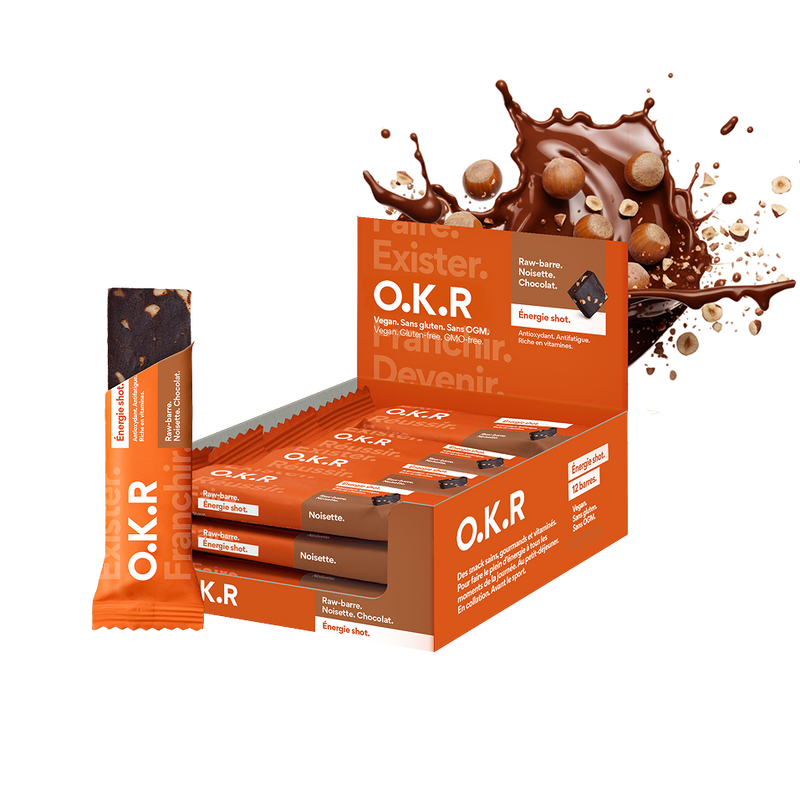It's difficult to resume regular exercise after a long period of inactivity. However, it's beneficial for your health and getting back into shape. Discover our tips to help you regain your motivation and get back into sports.
The health benefits of sport
Resuming activity can maintain and improve your health. Resuming regular physical activity helps prevent various chronic diseases, improve your lifestyle, and improve your overall well-being .
Regular physical activity can help prevent osteoporosis and injuries. Physical activity also reduces the risk of developing cardiovascular disease. Research has shown that active people have a lower risk of developing high blood pressure or high cholesterol, which can reduce cardiovascular risk.
Physical activity helps lower blood insulin levels, which helps prevent diabetes and metabolic syndrome. Research also suggests that exercise may help prevent certain types of cancer, including breast cancer in postmenopausal women and colorectal cancer in men.
Resuming exercise can also help improve your overall well-being by strengthening your bones and muscles, helping to stabilize your body weight, and improving your muscular capacity. Exercising can boost your immune system and reduce the risk of contracting infections such as colds and the flu.
Getting back into physical activity is also a great way to relax; it stimulates the parasympathetic nervous system, which helps calm the effects of stress by releasing hormones like serotonin and endorphins. Finally, getting back into physical activity can be a way to improve your sleep by helping you sleep more soundly.
Doctors recommend at least 150 minutes per week of moderate exercise or 75 minutes per week of vigorous exercise.
Each 30-minute session should include a warm-up and stretching. For those who are new to sports or suffer from chronic health problems, it is advisable to consult a professional or personal trainer before starting an exercise routine.
Getting back into physical activity is essential for maintaining a fit body. Finding an activity that works for you will increase your motivation to stay active for months or years to come. Exercise isn't just for those who want to lose weight or achieve a more toned body; it's important for everyone and offers health benefits.
How to motivate yourself to start exercising again?
Motivation is one of the key factors to consider when getting back into exercise. Here are our tips for finding the motivation to exercise.
- Set specific and realistic goals
Setting a goal gives you a goal to aim for and a clear vision of where you're going and what you hope to accomplish by returning to exercise. Goals can be short-term or long-term: losing weight, improving your physical or mental fitness, increasing your strength, etc.
- Define an action plan to achieve your goal
You can set a daily sports routine, set a schedule and make a list of sports you want to do each day.
- Getting back into sport with others
It's advisable to surround yourself with people who share your goals. They will be a constant source of support to help you move forward. Find partners at your sports club or in a sports group. They can offer advice on getting back into sports and encourage your progress.
- Celebrate your achievements
Once you've achieved a goal, like running 5 kilometers or doing 20 push-ups in a row, reward yourself. This is a great way to keep your spirits up and motivated throughout the journey. Congratulate yourself by buying something that symbolizes your accomplishment or sharing your success with family and friends.
- Stay focused on the progress made
Find a way to stay focused on your progress as the days and months go by. To do this, there are several tools that can help you track your fitness progress or compare your results to your expected results.
For example, mobile applications allow you to record data relating to physical activities such as distance traveled, duration of exercise and calories burned in order to measure progress made over days and months.
- Find the sport you enjoy so you don't get bored too quickly
Explore different types of sports to find the one that suits you best. Participate in local competitions to test your endurance and benefit from the learning curve that comes with returning to a sport. A sport that sparks lasting interest is essential for staying motivated and maintaining progress.
To help you in your approach, ask a sports coach and/or your doctor for advice who will support you in your approach.
Tips for getting back into sport
If you want to return to exercise gently after a period of inactivity due to pregnancy, an accident, or other reasons, the return must be done gently and safely for your body to prevent the risk of injury and pain. It is recommended to assess your abilities, choose the right physical activity, and ensure you adopt the right exercise techniques.
Before returning to the field or the gym, you need to take stock of your level to know your rhythm and your limits: your maximum heart rate, your muscular strength, your endurance, your flexibility.
A training plan is then defined and a sporting activity is chosen. It is essential that the activity is best suited to your age, condition, and goals.
- To lose weight , cardio sports: treadmill, running, cycling.
- For endurance: swimming, cross-country skiing.
- To build muscle and gain mass: go to the gym/sports clubs for weight training and muscle strengthening sessions.
Warm up your entire body before each session. Dynamic stretching prepares your body for exercise by gradually increasing blood circulation and improving joint and muscle flexibility.
Then begin your session. Adjust the time spent on each type of exercise to work each body part and muscle group during your sessions. Work your entire body to improve your athletic performance and results.
To improve the effectiveness of your physical effort, adjust the number of sessions per week , the frequency of training sessions and the recovery time to allow your body to recover sufficiently between sessions and to fully rebuild before each new session.
You can add a stretching session: stretches to maintain or improve your joint and muscle flexibility.
Finally, a balanced diet is important to provide the body with the hydration and nutrients it needs to recover after each session and stay in good shape.
- A diet rich in protein helps repair muscle damaged during exercise and helps provide the energy the body needs to maintain optimal levels of physical activity.
- Carbohydrates to give the body the energy it needs to perform intense exercises over a long period of time without feeling fatigue in your muscles too quickly.
We have protein snacks and meals to accompany a sports session.
You can seek help from a nutrition professional to tailor your diet to your needs.
In summary.
Getting back into exercise is a great way to stay fit and healthy year-round, or to help with weight loss. Getting back into exercise should be done slowly to avoid injury.
To get back into a workout routine, you can seek help from a coach who will design a customized return-to-workout program. Once the exercise program is tailored to your needs, you'll quickly see benefits for your health and well-being. We also recommend seeking advice from your doctor if you have any questions about your needs.





















